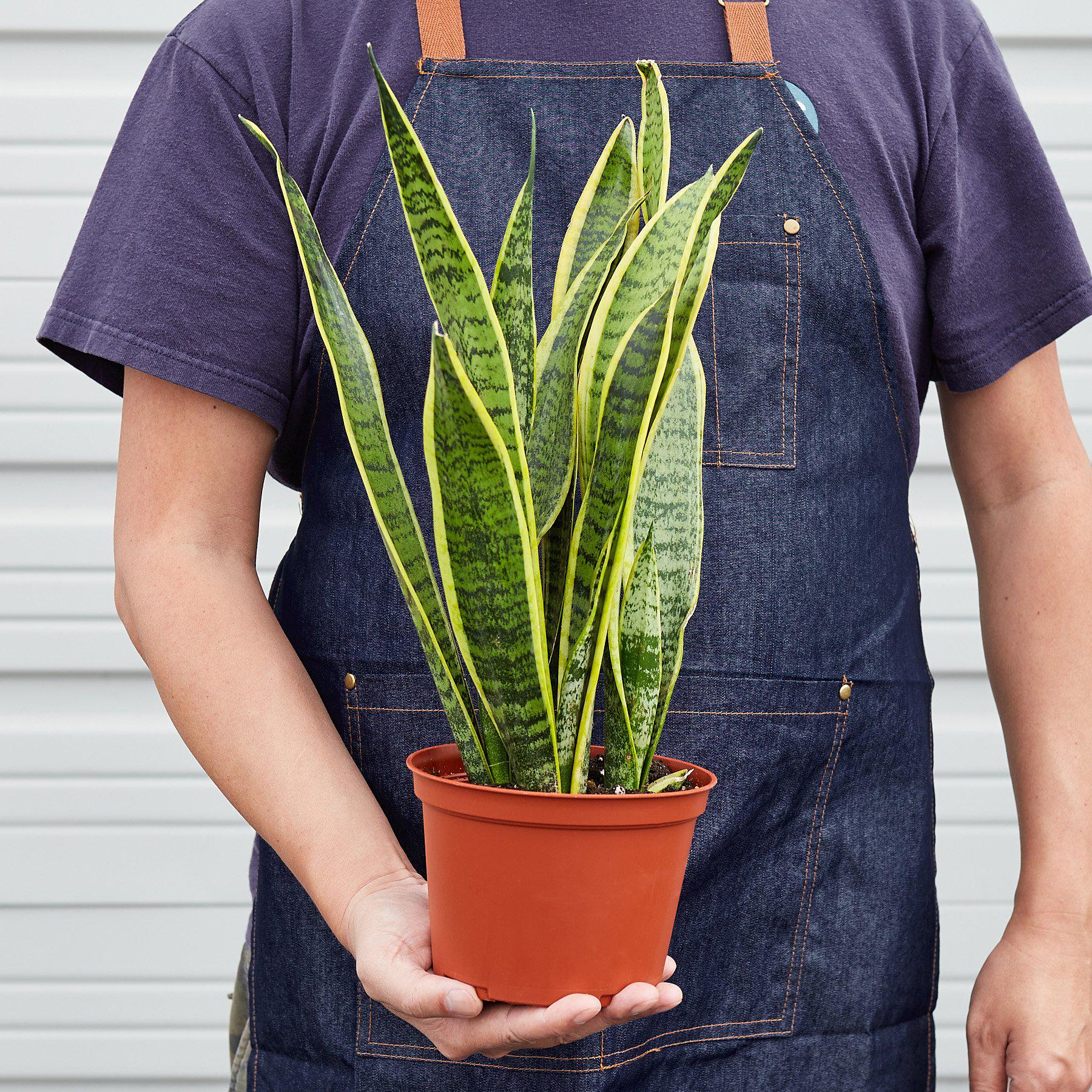Unlocking the Secrets of Plant Nodes: A Guide from The Harden Garden

Ever wondered how to turn one plant into a lush, verdant garden of greenery? The Harden Garden is delighted to share with you the rather magical world of plant nodes. Small in size, these parts of your plants are integral to their development and propagation. Knowing how to locate and use nodes can bring all-new dimension into your green space when it comes to growing your indoor jungle or merely satisfying your curiosity about plant anatomy. Join us in our journey into the world of plant nodes and how to identify them for developing thriving, healthy plants.
What is a Plant Node?
A node, to put it simply, is that portion or area of a plant's stem from which leaves, branches, or buds grow. It is, in a way, a "growth hub" of the plant. Nodes are important when trying to propagate plants because they contain cells that will either form roots or new shoots. Finding these nodes becomes extremely important not only for successful propagation but also for the health of the plants themselves.
How to Find Nodes on Different Plants
Snake Plant (Sansevieria)

This plant is characterized by its upright, striking leaves, so the search for nodes on this plant could be much like searching for treasure. Look carefully right at the base of the leaves as they connect to the main stem.
Nodes on Snake Plants are small, rounded, knobby areas situated immediately below where leaves emerge from the stem. In propagation, you will cut a piece of the leaf with a node if possible; it will help in growing roots and developing into a new plant.
Pothos (Epipremnum aureum)

Pothos is a great plant for a beginner to practice on, and it has nodes that are pretty easy to find. Look for small, raised bumps on the vine where the leaves and aerial roots grow from.
Most plants will have these nodes spaced relatively evenly along the stem. Cut lower than a node, place the cutting in water or soil, and, with a little patience, watch as roots start to grow from the node and eventually make another Pothos.
Monstera—Monstera deliciosa L.

It also applies to the Monstera for its characteristic split leaves; it is one of the most important elements associated with each other in propagation. In Monstera, the nodes are usually located directly at the base of the petiole, which is the stem connecting the leaf to the stem, and they are marked by tiny white or light-colored bumps. In taking cuttings, it's important to include at least one node because this is where new growth will come from.
Succulents (Various species)

Nodes on succulents may appear differently because they often lack traditional stems. Instead, look for the regions, which leaves or branches attach to a central stem or rosette.
Succulent nodes, like those of jade plants or echeveria, generally are centered at the very base of each leaf or segment of stem. To propagate you would gently twist off a leaf or segment of stem that includes one of these nodes and allow it to callous-over before planting.
Fiddle Leaf Fig (Ficus lyrata)

The Fiddle Leaf Fig is characterized by big, dramatic leaves, and nodes on the plant typically appear on the smaller branches where the leaves are attached. These can be very small, with most nodes only appearing as a small bump or dimple on a branch.
In propagation, the cutting should be made just below the node, then placed either in water or the soil. By that process, the node will develop roots and eventually grow into a new Fiddle Leaf Fig plant.

Tips for Successful Propagation
- Clean Cuts
- Proper Environment
- Be Patient
Why Nodes Matter
Knowing and finding the nodes is an essential part of plant propagation and overall plant care. Plants will always send out new growths from their nodes, so learning to find them will put you well on your way to propagating with success and keeping your plants healthy and lush.
Ready to propagate? Swing by The Harden Garden for even more tips, tools, and plants to help you grow your green space. We are pretty stoked to see how you are going to use that newfound knowledge to nurture and expand on that indoor garden of yours.









